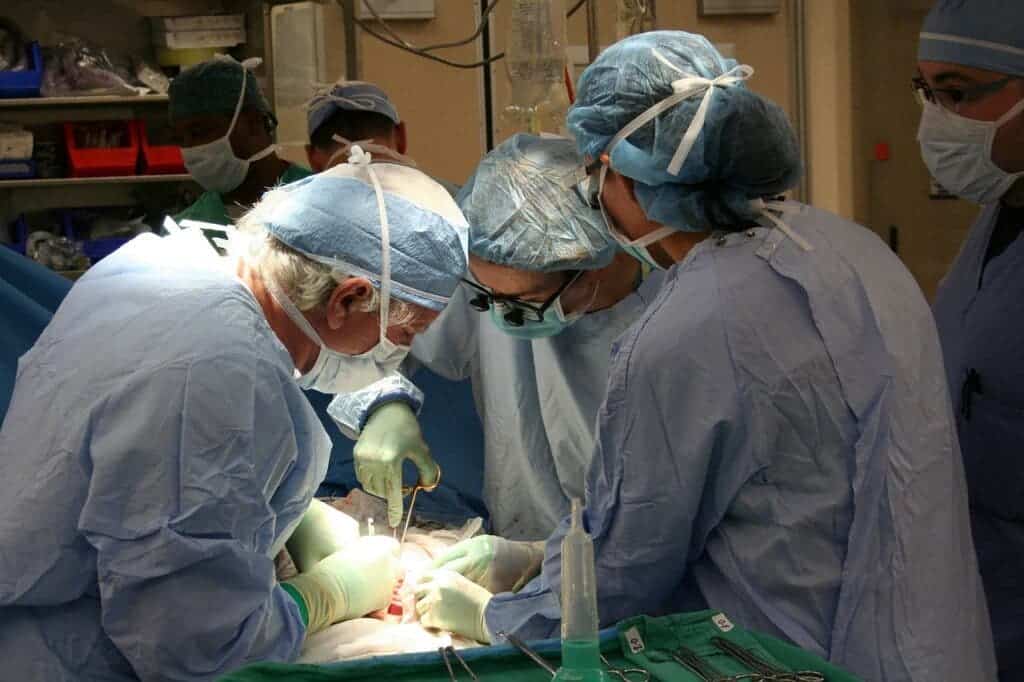True to their name, livers seem to be capable of incredibly long lives, new research finds.

A research team composed of members from the University of Texas (UT) and TransMedics, Massachusetts reports that a human liver can stay functional for over 100 years. The results are based on a (still small, but growing) subset of livers that have been transplanted once or several times for a cumulative age of over 100 years across their patients.
The team studied these particular livers to determine why they are so resilient, and explain that their results potentially open the way to allow older individuals to act as liver donors.
Long liver lives
“We looked at pre-transplant survival–essentially, the donor’s age–as well as how long the liver went on to survive in the recipient,” said lead study author Yash Kadakia, a medical student at UT Southwestern Medical School. “We stratified out these remarkable livers with over 100-year survival and identified donor factors, recipient factors, and transplant factors involved in creating this unique combination where the liver was able to live to 100 years.”
For the study, the team used the United Network for Organ Sharing (UNOS) STAR file to identify livers that had accumulated at least 100 years of age (as measured by adding up their initial age at transplant to the post-transplant survival period).
Of the 253,406 livers transplanted between 1990 and 2022, 25 met this age criterion.
These long-lived livers came from older donors. The average donor age of this subset of organs was much higher than that of donors for livers that did not pass 100 years of age: 84.7 years vs. 38.5 years of age, respectively. Another notable difference between the two groups that the team observed was that donors from the centenarian liver group had lower incidences of diabetes and fewer donor infections. Their donors also had lower levels of transaminases, functional enzymes that are produced by the liver. High levels of transaminases are known to cause issues with liver transplantation.
“We previously tended to shy away from using livers from older donors,” said study coauthor Christine S. Hwang, MD, FACS, associate professor of surgery, UT Southwestern Medical Center. “If we can sort out what is special amongst these donors, we could potentially get more available livers to be transplanted and have good outcomes.”
According to Dr Hwang, there are over 11,000 patients awaiting a transplant as of September 2022. For now, demand far outstrips supply. Should older livers be deemed fit for transplant following findings such as these, a lot of new organs would become available and a lot of the lives on that list could be saved.
The current data is very encouraging towards that end. No grafts of the livers in the over 100 years group were lost to primary nonfunction, vascular, or biliary complications (i.e. none of them ‘stopped functioning’). No significant differences were found in the rejection rates at 12 months between the two groups of transplanted livers. Furthermore, the outcomes for the over-100 group had significantly better patient survival outcomes and allografts (the successful harvesting of these organs from deceased individuals).
The findings have been presented at the Scientific Forum of the American College of Surgeons (ACS) Clinical Congress 2022.









